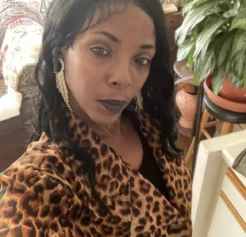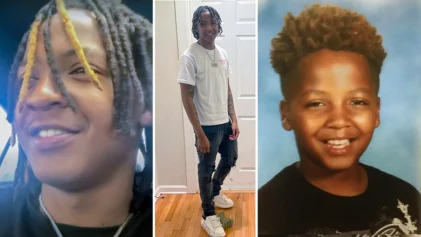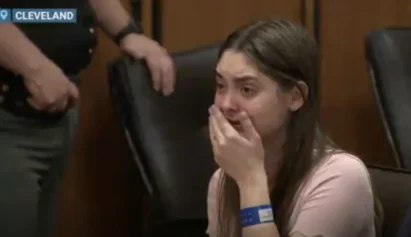A recent discovery of hundreds of bodies belonging to a historic Black cemetery in Clearwater, Florida, has sparked controversy over what to do next among family descendants, the city and the current property owners where the bodies have rested for decades.
“It’s heartbreaking…people knew the graves were there and they intentionally built buildings on top of the graves,” said Carlton Childs, a family descendant of one of the people interred in the cemetery.
Childs, 65, says he grew up in Clearwater constantly hearing of rumors a graveyard rests in the predominantly Black neighborhood of Clearwater Heights.
“We always knew there were graves there, but we never really knew that many were still there because we were told they were moved to another burial site,” Childs said.
What now serves as a parking lot of a private business used to be a Black cemetery attached to a church dating back to the early 1900s. Over the years, mounting questions from family descendants surrounding the buried bodies kickstarted an investigation in 2019 by archaeologists and Black activists to find out the truth about the rumors of bodies buried. On Aug. 31, 2021, archaeologists with Stantec, announced their findings after using ground penetrating radar to find 328 graves buried in rows believed to originate from St. Matthews Baptist Church cemetery, according to a Tampa Bay Times report.
“When they did the truthing on this property, it was a casket that had a window in it and you could see a person’s face and he had several gold teeth and you could still make out, wow this is a person,” said Zebbie D. Atkinson, president of the NAACP Clearwater Upper Pinellas Branch.
“My greatigrandfather was the owner of that property, we have relatives that were buried there, he was buried there,” said Childs.
The Tampa Bay Times reports, in 1955 the church could not pay city fees assessed to the cemetery, causing the church to sell the two-and-a-half-acre parcel of land. Childs claims a local funeral director at the time, agreed to take the bodies to another cemetery on the north end of the county, but not all the bodies were moved.
“If you had money to get a headstone, and if you had a headstone, they found you and moved you, and if they didn’t you probably was left there,” said Childs.
Meanwhile over the last 67 years, the property was developed into a department store, then handed over to the city of Clearwater before its current incarnation, a private employment staffing company, FrankCrum, which confirmed with Atlanta Black Star it has been working with the city and activists researching the buried bodies on its property.
Childs says his great-grandfather, Matt Dixon Sr., was buried in the cemetery in 1939 and was moved to another cemetery on the north end of the county because he had a headstone, but other family members also buried on the property, including his sister, were left behind. He admits upon learning the fate of some of his loved ones sparks mixed emotions because over the years, property owners could have done more to address the buried bodies but did not.
“Something’s got to be done, something should be done, somebody should be held accountable,” said Childs.
A spokeswoman with the city of Clearwater says, there are two locations in the city with historic Black cemeteries containing a slew of bodies, North Greenwood Cemetery and what used to be St. Matthews Baptist Church. The city covered most of the cost to study the burial grounds amounting to a little more than $270,000, and the private business owner occupying the property, FrankCrum, covered a portion of the cost as well. The Times reports, the 328 bodies discovered could just be a fraction of the total number of bodies buried, which could exceed 550.
“We always knew there were bodies there, we just didn’t know the scope,” said Atkinson.
Atkinson is also drawing attention to the buried bodies. He says he understands the frustration family descendants like Childs feel knowing the fate of their dead loved ones, but he also realizes the challenges that await the parties involved which include family descendants and community activists, the city and FrankCrum. Atkinson says questions proving difficult to answer so far include what to do with the bodies.
“Some people wanted to have the bodies moved, some people wanted to let the bodies stay there,” Atkinson said. He goes on to say, all involved parties are working out next steps which would include a meeting to find an answer to what to do with the bodies.
Childs says he is open to a memorial or historic marker if relocating all the bodies without damaging them is not feasible, but he says he will refuse to sit idly by.
“For what happened back then to our ancestors, and we just refuse to stand around and do nothing and say nothing,” Childs said.


